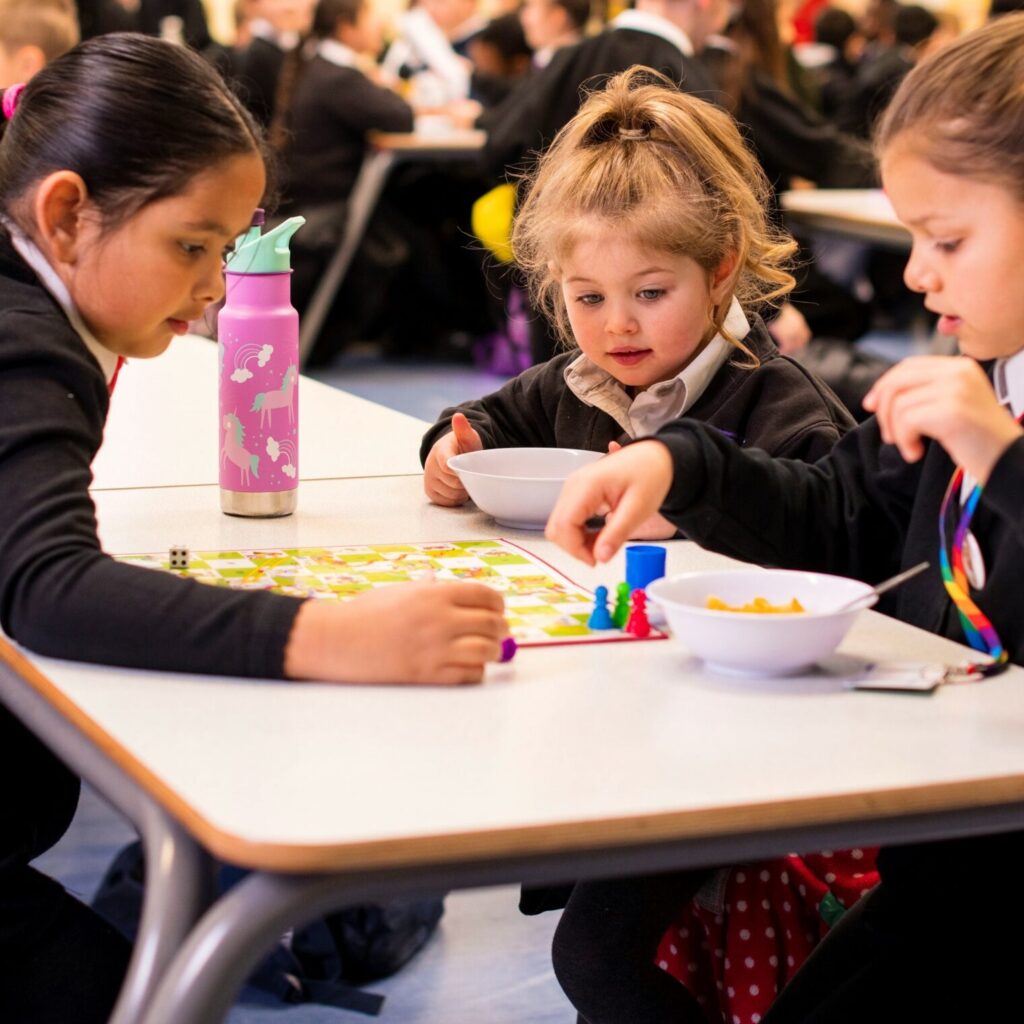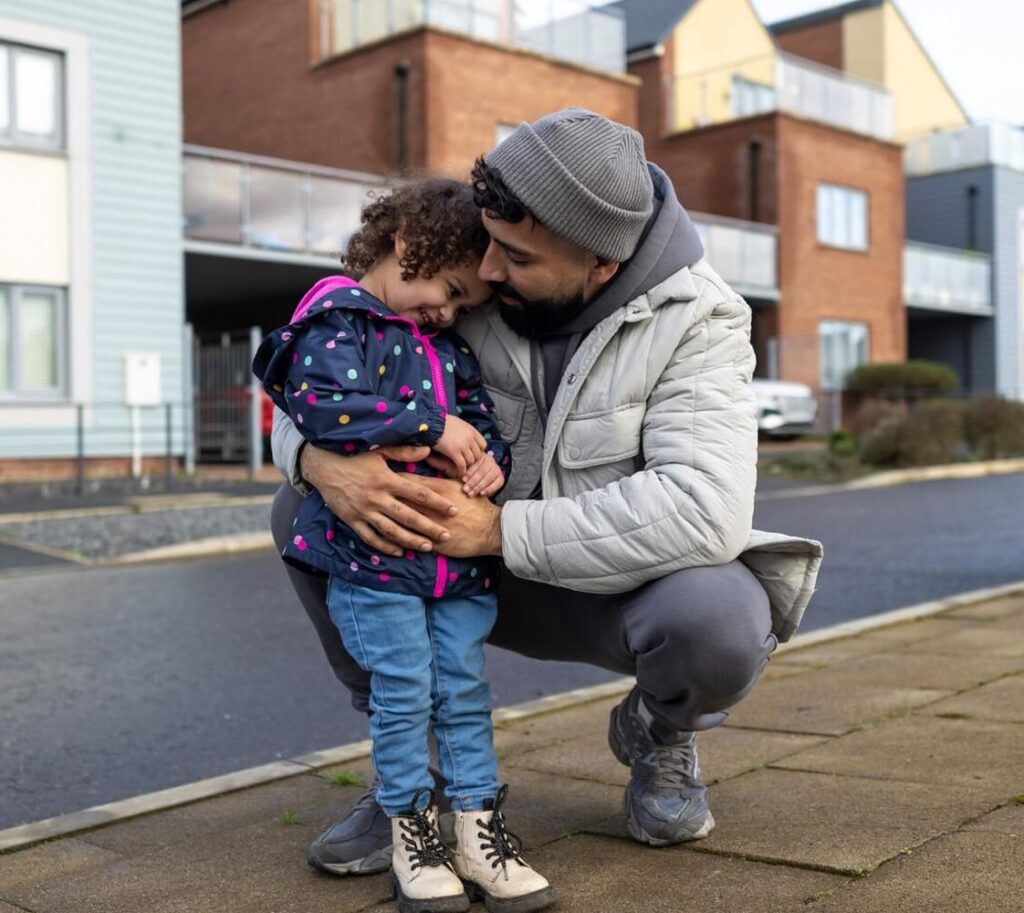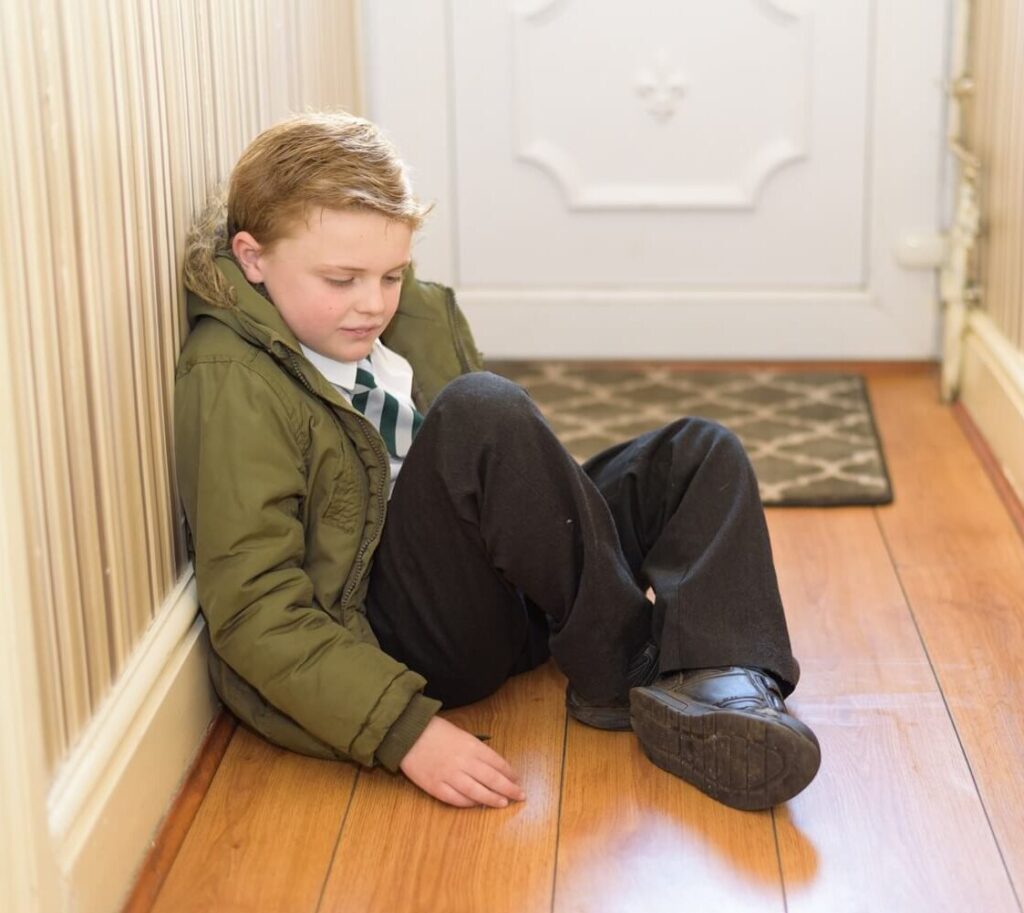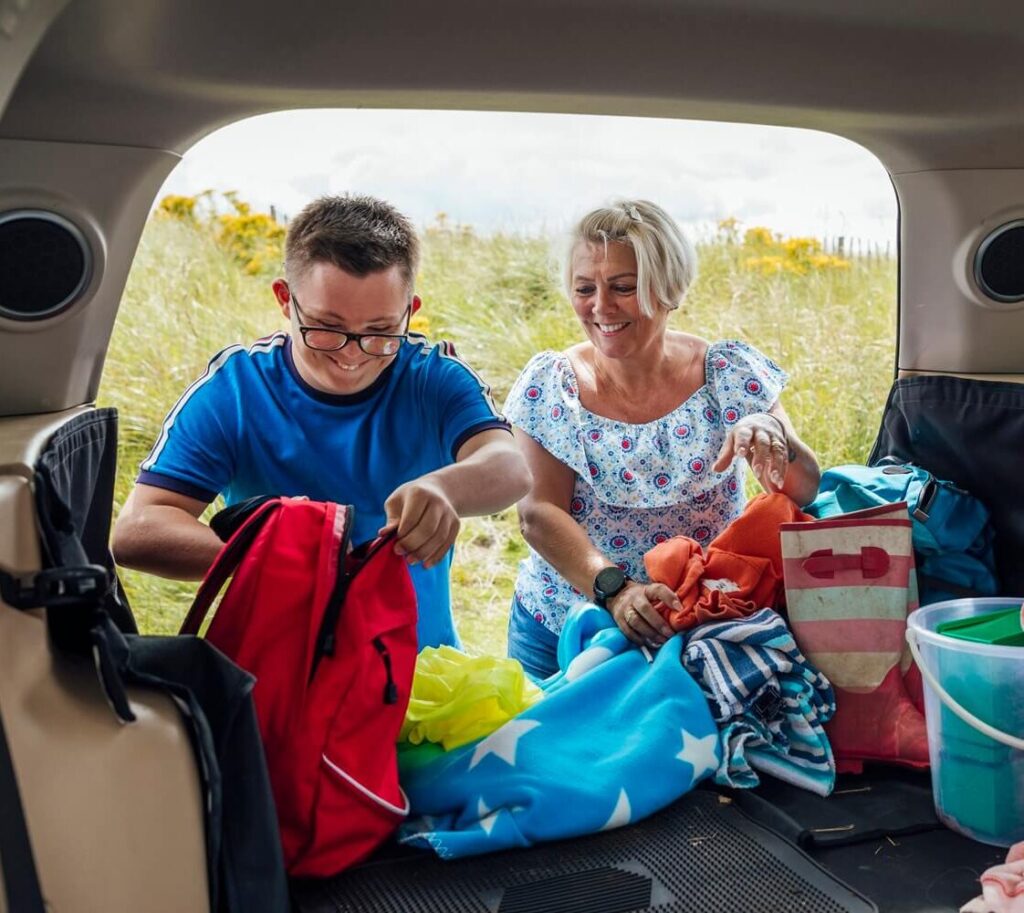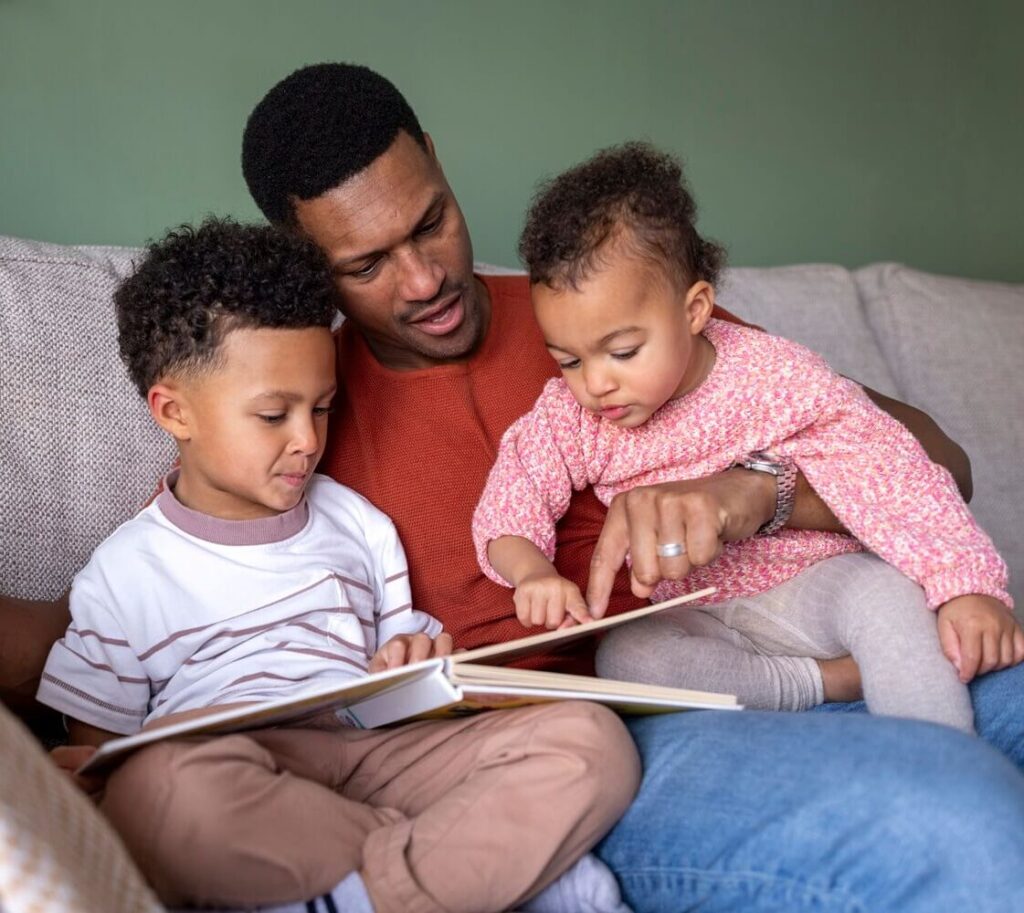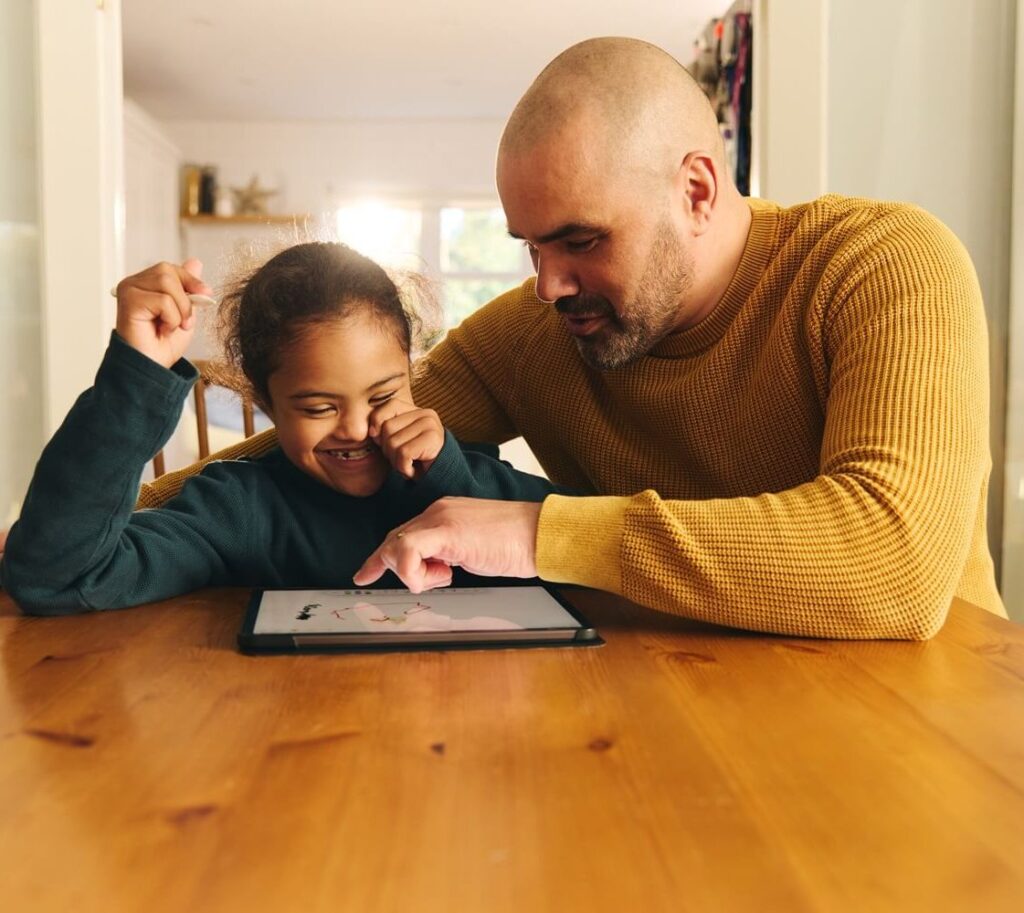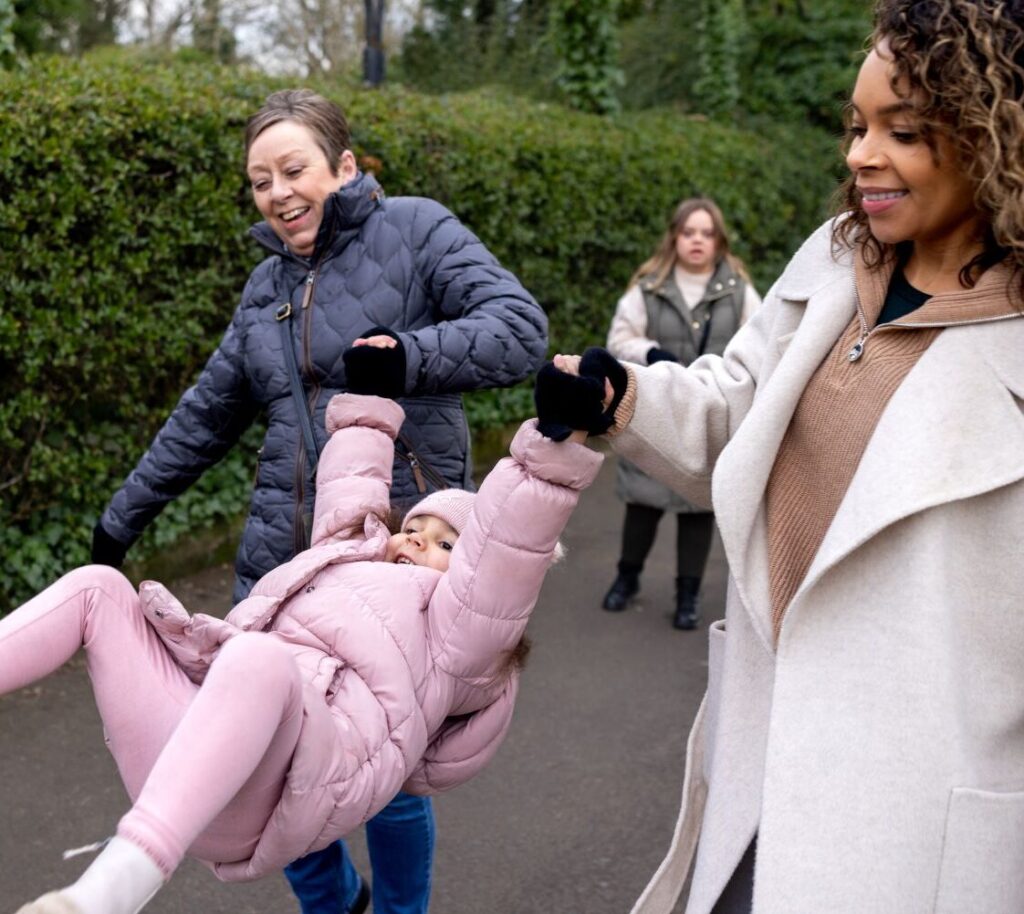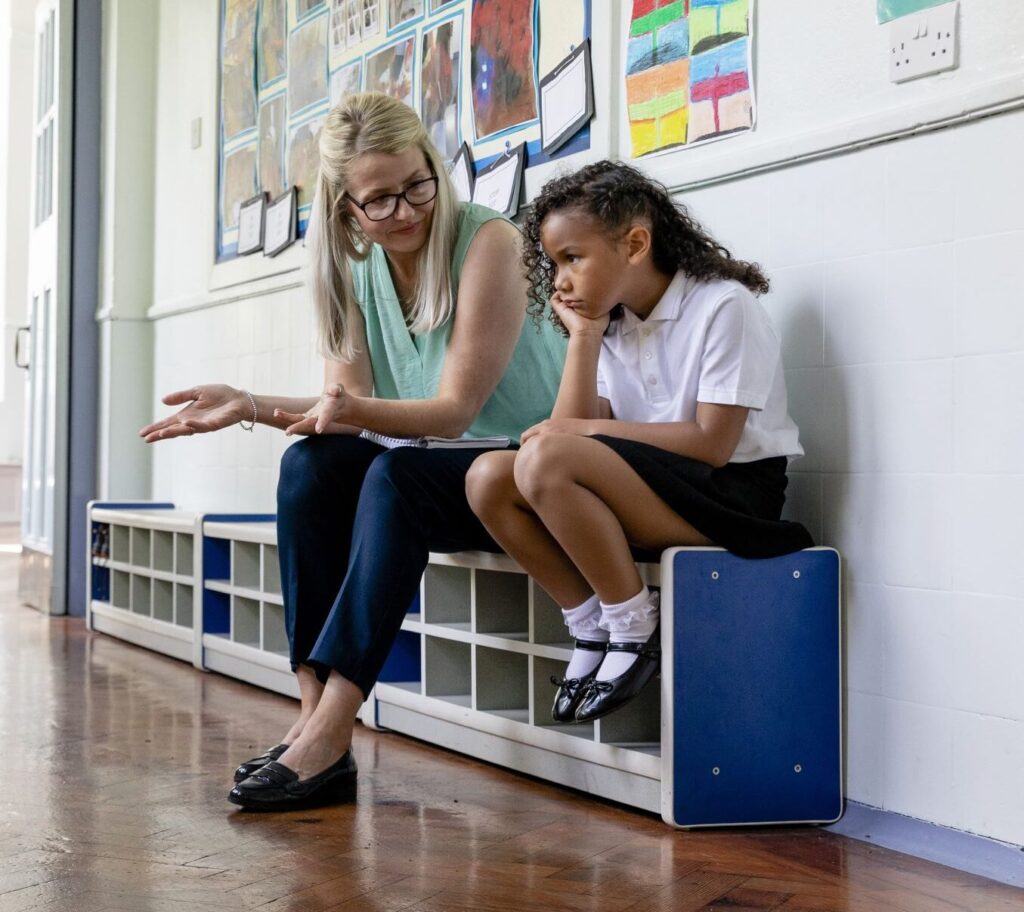In this article, we explain how to prepare your child for the average school day, addressing real worries parents have shared with us while we do so.
If you’re a parent who’s worried about the first day of primary school you’re not alone. For many of us school represents the first truly closed door in our children’s life, and we worry about the details.
For example, parent Laura told us: “I’m a little bit nervous about my daughter starting school for the first time as she is my oldest and it’s new territory for me. I think I worry because when she goes to nursery, we discuss her day with the staff. But with school, I get the impression that we don’t get to know what they’re doing.”
“I’d like to see day to day what it will be like for my son. I like to prepare him for the challenges he might face.”
Drop off and pick up
For many of us, drop off is the exact moment you have to face handing your children over to someone else’s care. It feels awful when children are upset when you leave. But it’s also rarely as bad as it feels in the moment, as dad Sam tells us.
“Every single morning my son would wail and cry at the school gates and I would feel awful. But what really helped me is that I built a little extra time into my drop-off and walked around the block once, passing the school again. When I did so I could look through the windows and see that he was usually playing and laughing with the other children.”
Depending on your school and how easy it is to glimpse the classroom this strategy may or may not be possible. But if you speak to teachers or supervisors, they should be able to confirm that your child recovers quickly from you leaving or may be able to suggest other ways to manage drop off.

One teacher we spoke to suggested it’s important that parents use the right “script” with children. Explain that you know how difficult it is that you’re leaving, but that they know you’ll be back soon. Highlight when they’ve been brave before, when you’ve not been right next to them at parties or visiting family.
Another way you can help them build resilience through play is by arranging extended visits with grandparents, family or trusted friends. It doesn’t matter if you’re just next door and have to pop back. This actually reinforces the “script”, teaching them that your leaving isn’t permanent, and is nothing to worry about.
Remember that anxious thoughts are infectious. Often children’s worries reflect our own, so try to remain upbeat. If there are two parents or carers in the household, perhaps arrange for the one who’s least anxious about it to do the earlier drop-offs.
“Peg time”
The next step in many schools involves children putting their own coats away and finding their own peg.
Routines like this are important for building independence in children. You can do more to prepare through play than you might think. For example, you can teach them the “rabbit hole” flip trick to put on their coat.
There’s also no reason you can’t make a game of them taking off their coat and putting it on a peg at home during a set time limit. This will mean that when it arises at school, it won’t be unfamiliar.
Choose simple fastenings for coats, gloves and shoes, like pop studs and Velcro. Your child will be less reliant on help from teachers and parents alike, which helps build independence. They’re also much more fun to use!
Carpet time
Schools differ here, but for most there will be a time in the morning when children sit still, do the register and discuss things like the day of the week and the weather. This often occurs again before you pick them up, when they enjoy a story.
Children differ, and not all will be naturals at sitting still for long periods. This is particularly true for children who are the youngest in their class. To help them prepare their listening skills, try working on their focus. Teach them to keep still, look at you when you’re speaking, and wait for their turn to speak. To help with this, try:
- playing board games around a table (taking turns helps develop patience)
- telling a story, taking turns to add the next section
- child-friendly yoga videos to help them develop their stamina for sitting still.
Storytime can also be challenging for children who associate books with bedtime. Teachers expect a few children to nod off during reading time. You can help them build their stamina for daytime story sessions by reading with your children during the day, and bringing it into chill out time.
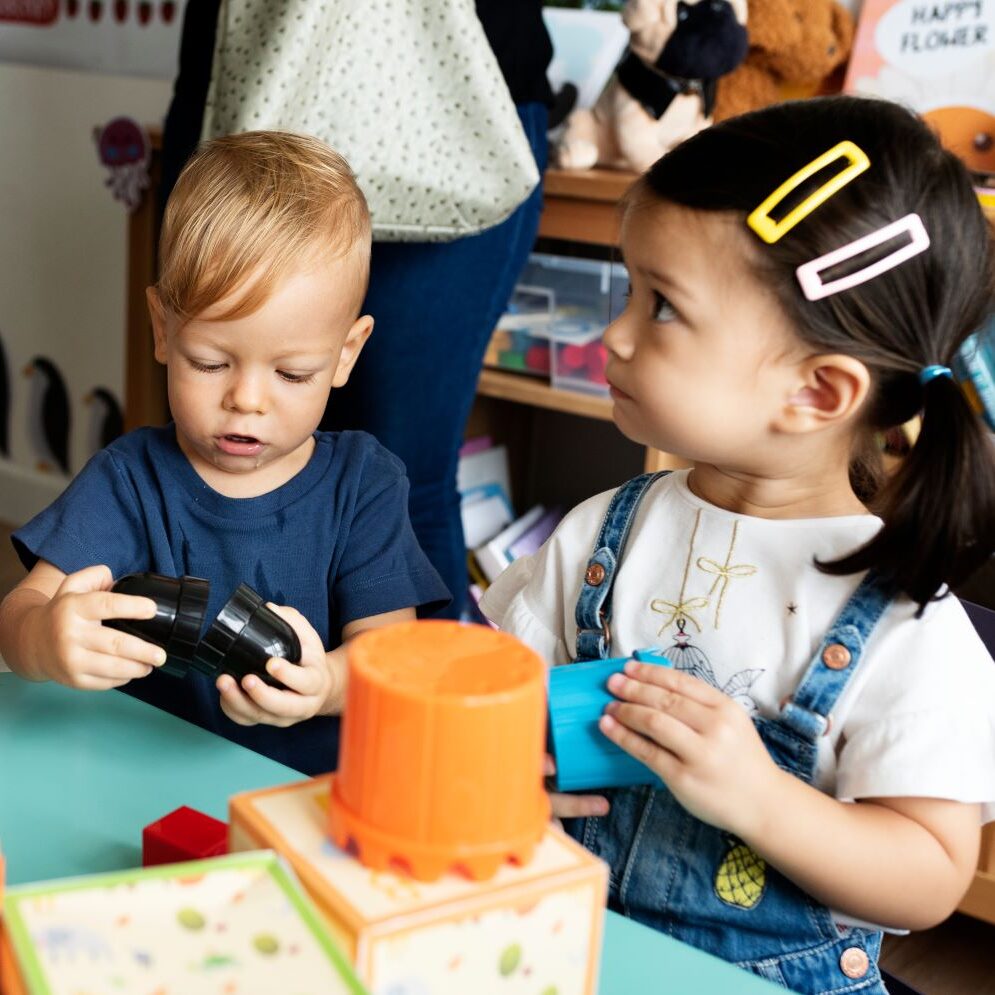
Playtime
Play helps children learn. Primary schools usually combine playful teaching methods with self-initiated play. This helps build many vital skills, such as focus, cooperation and creativity.
Playtime at home and school can be different. For example, schools have set play sessions and often teachers signal the end of the sessions with a bell or simply by telling the children playtime will soon be finishing.
This is something you can do at home. And get your child involved in tidy-up time by resisting the urge to do it for them. This is another skill they’ll need in the classroom – as one teacher we spoke to put it: “Choose it, use it, and put it away”.
Mealtime
The biggest difference with mealtimes is that at school children will be expected to sit with other children and finish their food, although staff will support them.
Depending on how mealtimes work at your house this might not be a big deal. But if your child is used to eating on the go, it might be worth doing some food roleplay. Practise how to sit down, use cutlery and interact with your fellow diners during lunch.
The points above are focused on how to prepare your child for the school day, but play is great for learning and development in general.
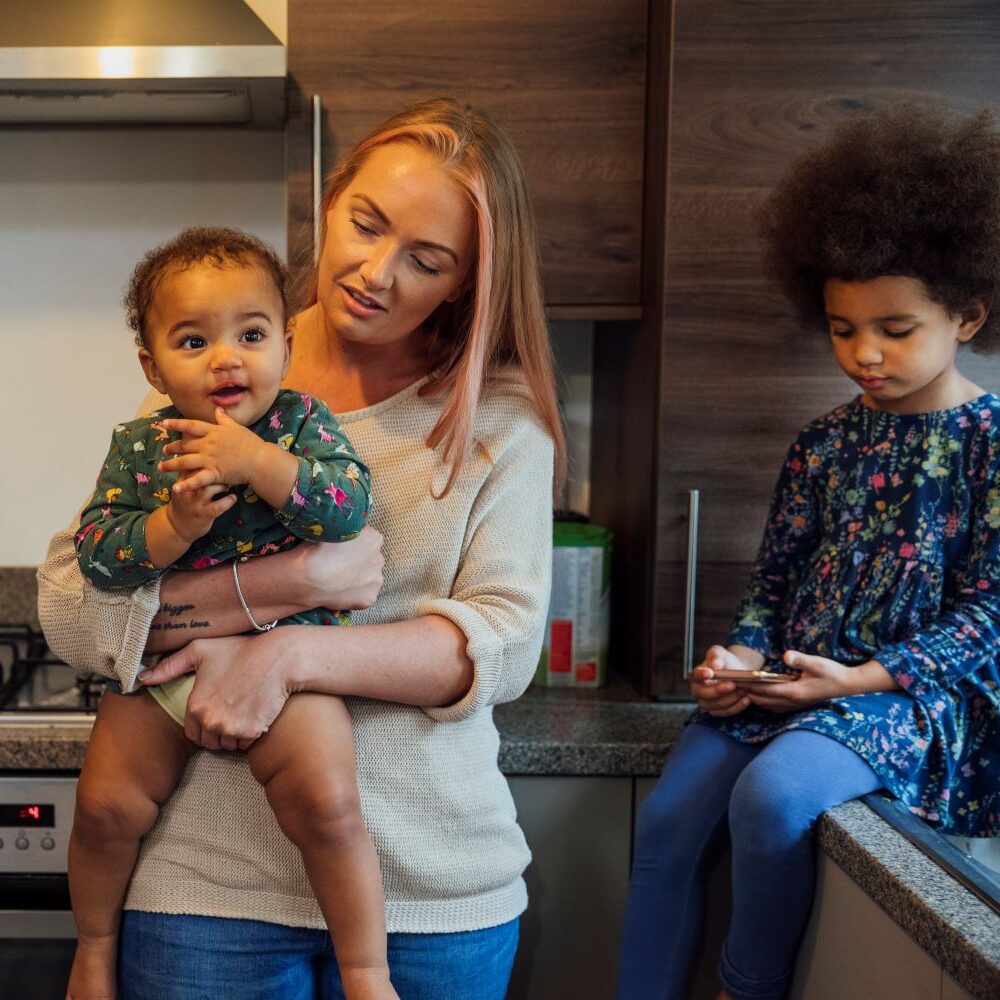
Call, text, email or web chat FamilyLine
If you’re feeling overwhelmed, worried or upset about any aspect of your family life, FamilyLine is here for you. We offer free emotional support and guidance on family relationships, conflict, parenting, caring, financial worries and more.
Contact FamilyLine